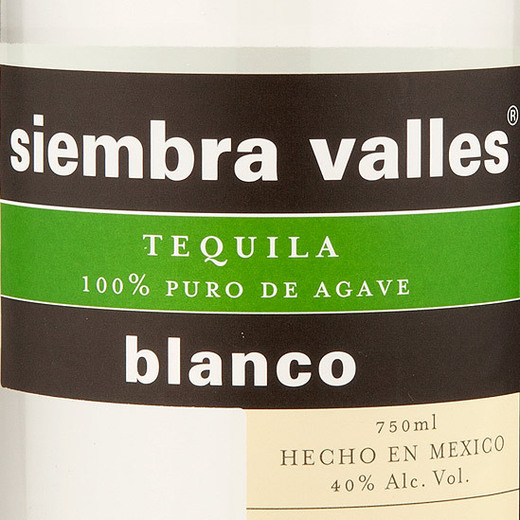



This was a really enjoyable pour. Balanced, flavorful, and full of the rich character you’d expect from Siembra Valles. It keeps the agave front and center while letting the barrel add some nice depth and warmth. On the nose, cooked agave leads the way, joined by smooth vanilla and caramel. There’s a gentle oak presence, along with dried fruit that adds a bit of sweetness. Cinnamon and baking spice bring warmth, and a touch of black pepper rounds everything out with a little brightness. On the palate, the cooked agave stays prominent, supported by vanilla and caramel for a creamy, rounded profile. Oak and black pepper add structure, while baking spice and cinnamon give it a cozy warmth. There’s a hint of cherry that adds a pop of fruitiness, and a light anise note on the finish that ties it all together nicely. Overall, this is a beautifully balanced anejo that manages to show off its barrel influence without losing the agave’s integrity. Rich, refined, and a great example of thoughtful aging done right.


Siembra valles ancestral blanco Lote 9? Sample from Brad Ruppel Agave Swappers I've had a few other lotes of this expression. I'm really enjoying this one. Getting the mint, anise and minerality of a cascahuin product and at the same time the earthiness and smoke from the earthen pit ancestral production.


Light nose of agave, minerality, earth, citrus. Definitely taste the 1123. Earthy, mineral, lime. Good finish but thin. I think I prefer the Cascahuin Tahona.


The aroma leads in with rich notes of oak, caramel, cinnamon, cloves, some cherry, and perhaps the slightest bit of chocolate. Also has some light aromas of earthy agave and anise the longer one spends with it. The flavor is a classic añejo caramel profile that blends with some agave sweetness. Deep fruit and oak notes are also present, mixed with cherry chocolate, as well as a more viscous consistency, which overall leads it to drinking more like an extra añejo than an añejo. On the finish, notes of the cherry remain, in addition to sweet cooked agave, caramel, and baking spices, that remain balanced over a long finish.

If the agave cultivation and production process is approached with care, each tequila-producing state and subregion—even a single rancho—has the potential to demonstrate a unique sense of place
High-proof tequilas, once only for hardcore drinkers, are now being released at a steady pace. Why?
The team behind the Tequila Matchmaker have launched a “Verified Additive Free” program for tequila brands and distilleries. This is the first known independent, additive-free verification in the spirits world.
Instead of sampling tequila in its birthplace, I reached out to six of the top tequila experts in Mexico to unearth their favorites.
VinePair asked bartenders around the country which bottles and brands aren’t getting the love they deserve.
Some tequila producers are laying the groundwork for sustainability, but bartenders and conscientious consumers can fight the good fight, too.
What tequila producers choose to do now, in other words, will determine the spirit’s future. And we, the tequila-purchasing public, have to take our role more seriously to ensure its survival.
Patrón, and Lunazul join Siembra Valles with earthen pit-cooked tequilas.
For years we’ve been saying “process matters”, and that each choice made during the production process will find its way into the finished product. Now we have proof.